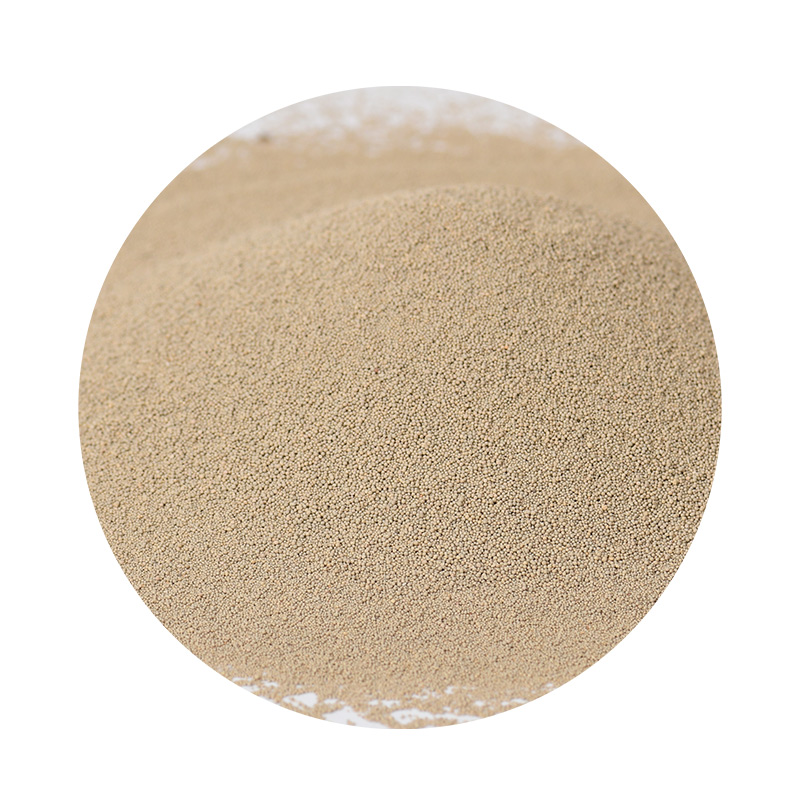3D Printing a Sanding Block A Versatile Tool for Your Workshop
The advent of 3D printing technology has revolutionized the way we design and manufacture tools in our workshops. Among the myriad of items you can create, a sanding block stands out as an essential and versatile piece. Whether you’re a professional woodworker or a DIY enthusiast, a 3D printed sanding block offers a customizable approach to achieving smooth and even surfaces on various materials.
Understanding the Purpose of a Sanding Block
A sanding block is a tool used to hold sandpaper and provide a stable surface for sanding. Unlike sanding by hand, which can lead to uneven pressure and inconsistent results, a block allows for more control and uniformity. This control is especially important when working on flat or curved surfaces, where smoothness is paramount. With a 3D printed sanding block, you can enjoy the benefits of a traditional sanding block, enhanced by the flexibility of modern design.
The Benefits of 3D Printing Your Sanding Block
1. Customization One of the most significant advantages of 3D printing is the ability to customize your tools. Whether you need a block of a specific size, shape, or with particular ergonomics, you can design it to fit your needs perfectly. You can create different-shaped blocks for various sanding tasks, such as flat blocks for surfaces and contoured blocks for intricate designs.
2. Material Selection 3D printing allows you to choose from a variety of materials. While traditional sanding blocks are typically made from wood or plastic, you can experiment with different filaments like PLA for lightweight tasks or ABS for more durability. You could even add a texture to the grip area for added comfort during use.
3. Efficient Production With a 3D printer, you can produce a sanding block quickly and efficiently. If you require multiple blocks of different sizes or designs, you can print them batch-wise without the need for additional tools or extensive setups. This not only saves time but also reduces waste since you can print exactly what you need.
Designing Your Sanding Block
sanding block 3d print

To create a 3D printed sanding block, you’ll need to use CAD (Computer-Aided Design) software. Start by defining the dimensions that suit your sanding tasks. Consider the size of the sandpaper you will use and how you want the block to fit your hand. There are various designs available online, but creating your own will ensure that it meets your specific requirements.
Once you’ve designed your block, export it as an STL file to prepare it for printing. Select a filament that suits the intended use of the sanding block, keeping in mind factors like durability and the weight of the finished tool.
Printing Process
After finalizing your design, it’s time to set up your 3D printer. Make sure to calibrate your printer for optimal results. The print settings will depend on the material you choose. For example, a higher infill can give you a sturdier block, whereas a lower infill might be sufficient for lighter tasks. Once printed, remove any supports or rafts and ensure that the finished product is polished where necessary.
Using Your 3D Printed Sanding Block
After your sanding block has been printed and any post-processing is complete, it's time to attach sandpaper. You can use a simple adhesive, clips, or Velcro strips to secure the sandpaper onto your block. Begin by sanding your surface gently, applying even pressure to achieve consistent results. The ergonomic grip of your customized block should help reduce fatigue during extended use.
Conclusion
3D printing has opened up exciting new horizons for tool creation in workshops. A sanding block made with this technology not only enhances your toolbox but also offers a personalized touch that traditional tools cannot. Whether you're refining a piece of furniture or working on a delicate craft project, a 3D printed sanding block can provide the quality and control you need to achieve professional results. As 3D printing continues to evolve, the possibilities for customizing not just sanding blocks but all manner of tools are virtually limitless. Don’t hesitate; dive into the world of 3D printing and elevate your sanding experience!
Post time:វិច្ឆិកា . 07, 2024 20:26
Next:Exploring the Role of Sand in the Sand Casting Process for Metal Fabrication
